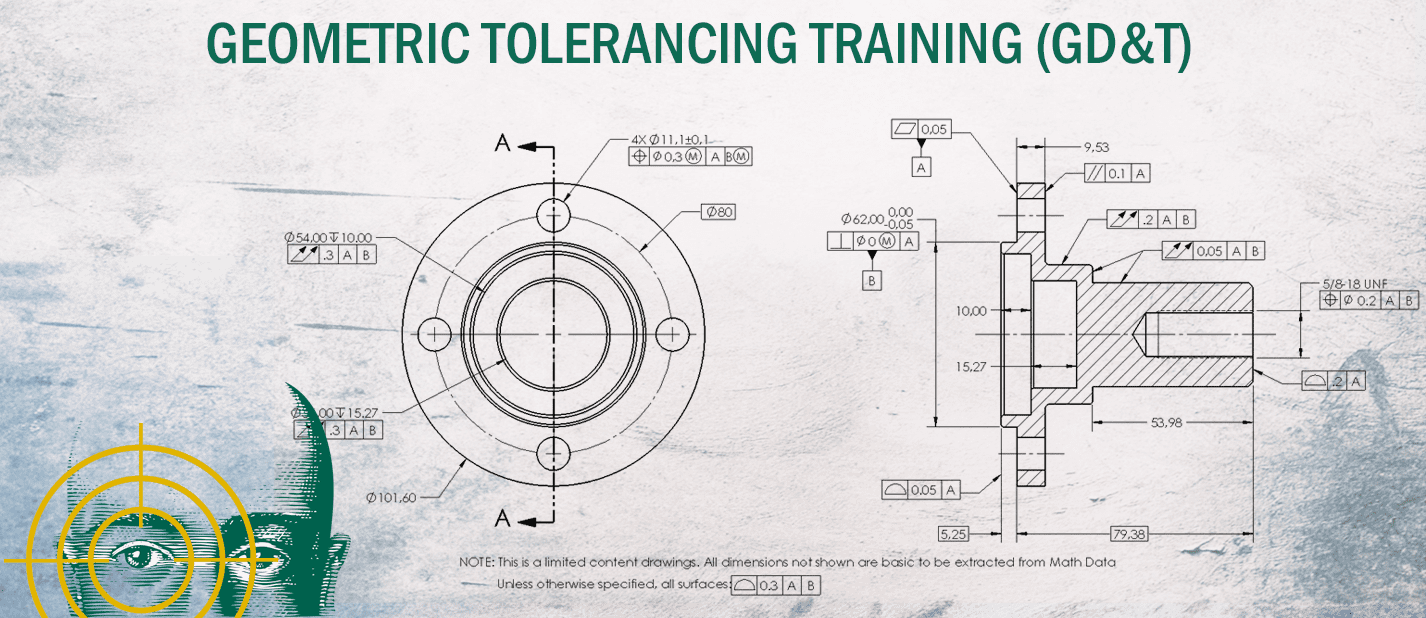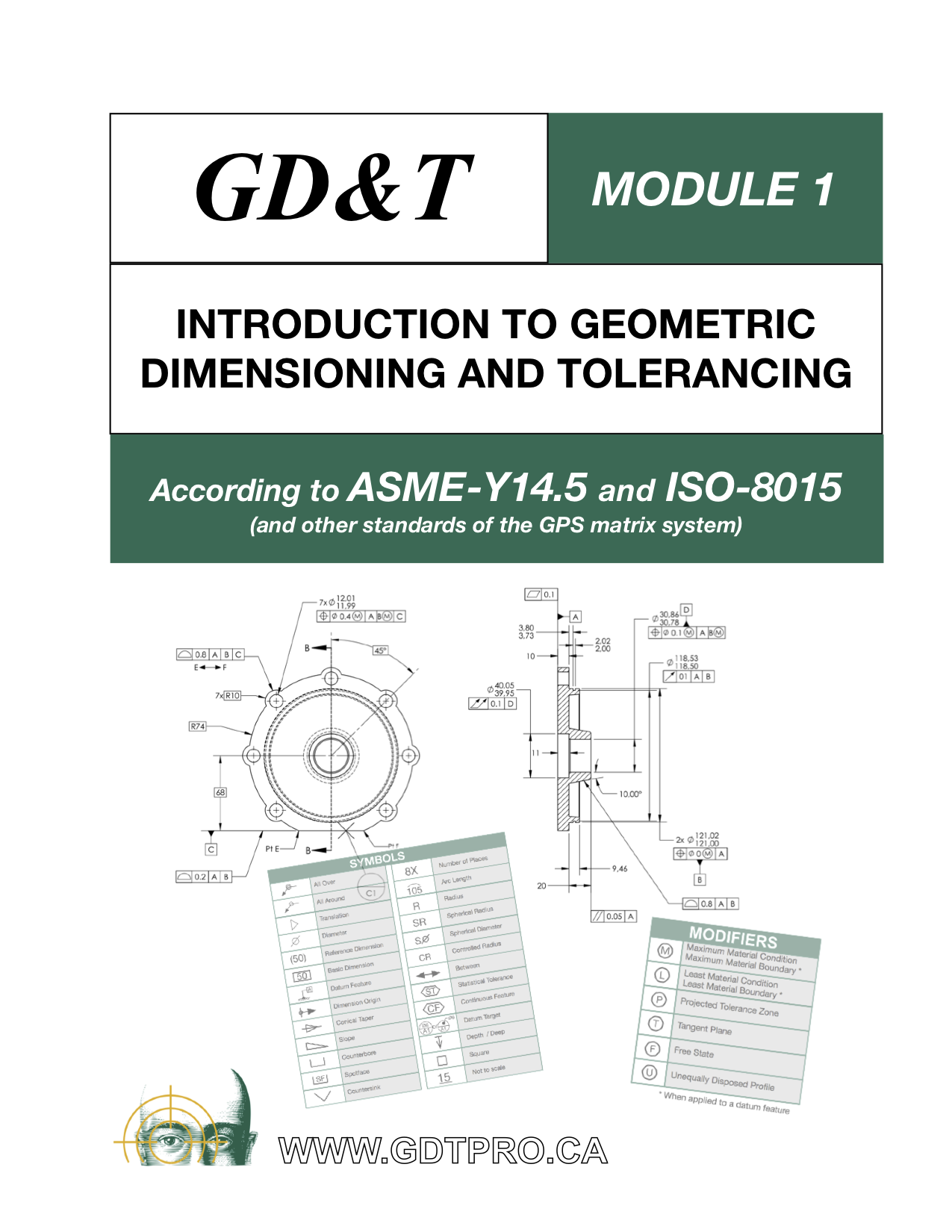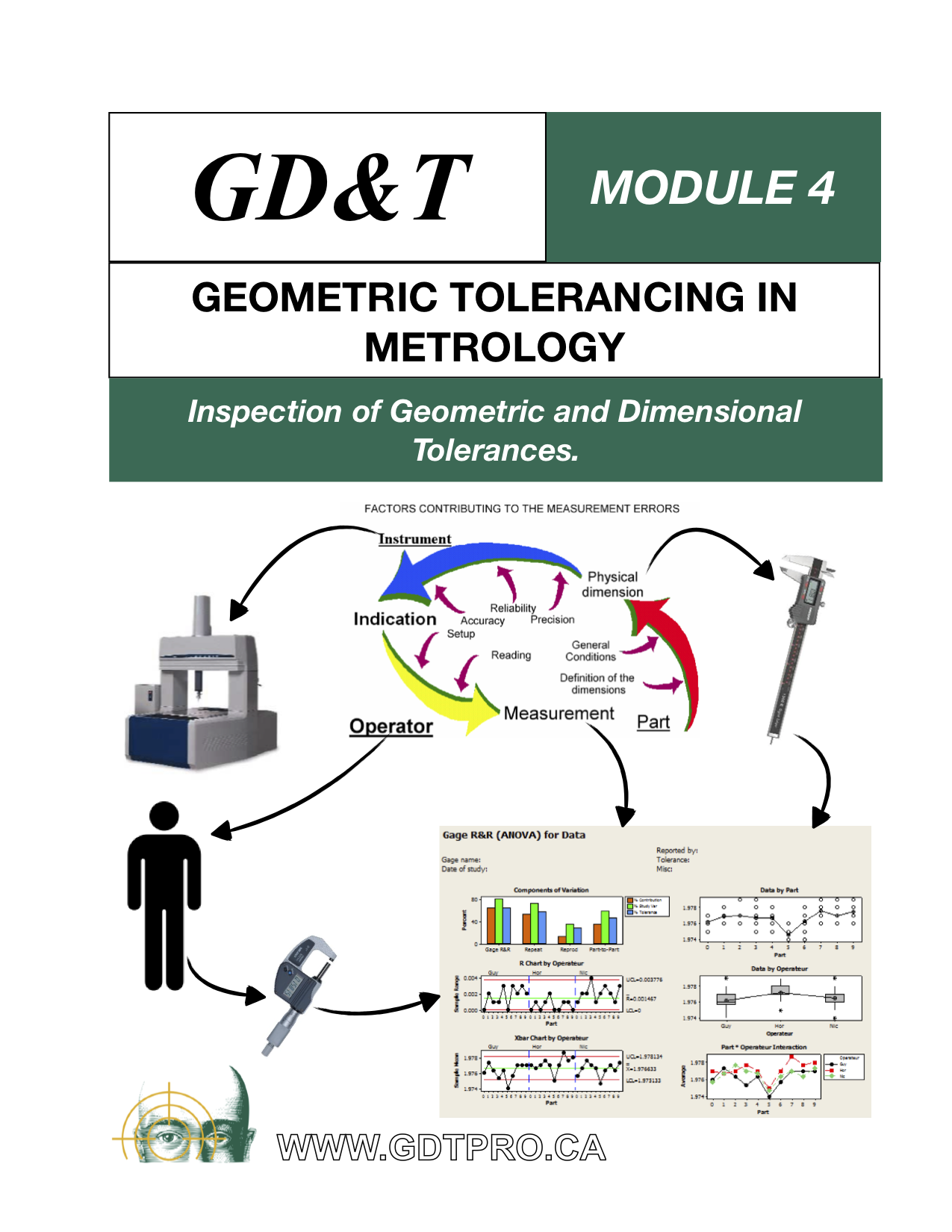
 |
 |
 |
 |
 |
 |
What is GD&T
Geometric Dimensioning and Tolerancing is a system for defining and communicating engineering tolerances. Engineering uses GD&T to communicate the manufacturing staff the allowable variations in size and form for individual features, and in position, orientation and runout for relationships between features.
WHY SHOULD WE USE IT?
Because dimensional tolerances apply independently one from another, with no reference system to control the variations between features, it is difficult, or impossible, to evaluate with accuracy the final form of the parts, or the interaction between parts at assembly.
GD&T was developed to address this problem, by introducing the reference system, called the DRF. The DRF (Datum Reference Frame), is used to create relationships between the different features of a product, based on a functional analysis. One important function is interchangeability. In situations of high production volume, manufacturers specialize their production sites for the final assembly of the products, while procuring most parts and other components on a global market of suppliers. In that context, the complete random interchangeability of the parts at assembly is required. For complex products:
“No GD&T = No Interchangeability”.
However, GD&T applied by poorly trained personnel can create bigger problems than not using GD&T at all. Typical symptoms of poor GD&T implementation are:
- Parts are functional, but are rejected at inspection.
- Parts are not functional (do not fit at assembly), but are accepted at inspection.
- The cost of parts increases when using GD&T.
- High non-quality costs.
- Difficulty to find suppliers.
and more.
The use of GD&T should result in a reduced Design-Manufacturin cycle time, and lower overall costs.
See the descriptions of our various courses to lean more.